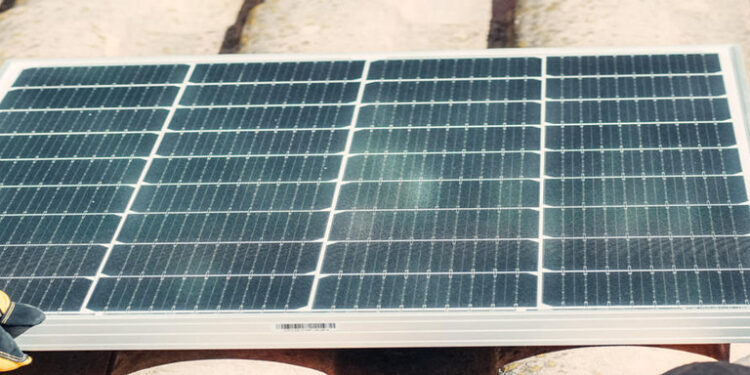Installing residential solar panels allows homeowners to harness the sun’s energy and generate their own clean electricity. While this offers many benefits, like lower utility bills and a smaller carbon footprint, it requires a significant upfront investment that not all homeowners can afford. So is going solar ultimately worth the high initial costs to have, amid the hotly contested rubbing salt in the wound costs of grid electricity? Let’s examine the pros and cons of switching to this mode of energy source before saying yay or nay.
The High Upfront Costs of Solar Panels
Going solar requires a major investment on the front-end. Between purchasing the panels, inverter, racks and other equipment and paying for professional installation, it’s typical for homeowners to spend $15,000-$25,000 for this project. Lets take a look at what it entails
Purchase and Installation Costs
The panels themselves account for about half of the overall system cost. The specific type of panels, their efficiency and your home’s energy needs will dictate the number of panels needed and total price. On average, panel installation costs about $2 to $4 per watt2. A typical 6 kW system could cost $12,000 to $24,000 just for the panels and installation.
Additional Equipment and Permits
You’ll also need additional equipment like an inverter to convert the solar energy into usable electricity. Unless you have a lot of flexible income, the high initial investment for a complete panel system is difficult for many homeowners to afford upfront. Fortunately, you may qualify for incentives and tax credits to offset the cost.
Federal and State Incentives for Going Solar
The federal government, states, utilities and even some local governments offer financial incentives for installing residential solar. These programs help defray the upfront costs and shorten the payback period.
Federal Tax Credit
The federal solar tax credit allows you to deduct 26% of your installation costs from your federal taxes or more. This can save you thousands of dollars. The tax credit will fall to 22% in 2023 before being eliminated for homeowners in 2024 or more.
State and Local Incentives
Many states and utilities offer additional solar incentives such as rebates, tax credits and performance-based incentives based on the amount of power your system generates annually. These can potentially cover 5%-50% of your installation costs or more. So, check the desire database to search incentives in your area.
Long-Term Savings on Electricity Costs
While solar requires high upfront costs, it can pay off substantially over time through lower electricity bills and virtual immunity to utility rate hikes.
Eliminating Electric Bills
A properly-sized solar system can drastically cut or completely eliminate your electric bill, providing free electricity for decades after the system is paid off. Without a monthly bill, your annual savings really add up.
Protection Against Rising Energy Prices
Electricity rates have been rising 6% annually nationwide. With this energy source, the amount you pay for electricity remains fixed at nearly zero. This shields you from potentially exorbitant electricity costs far into the future.
Increased Home Value and Resale Potential
Going solar increases your home’s value and makes it more attractive to potential buyers. This can greatly help recoup your original investment.
Solar Homes Sell Faster and For More
Solar system is a valuable investment as homes with the power systems sell for 4.1% more on average than comparable others. They also sell 20% faster according to a 2021 study. With its electricity rates locked in, buyers enjoy guaranteed low energy costs.
Appraisal Value of Solar
In some states, appraisers can increase the value assessment of homes with solar to account for energy savings and other benefits. This increases the value of your home.
Considerations Before Going Solar
While solar can be a smart investment for many homeowners, make sure to consider these factors to determine if it is right for you:
Your Roof’s Access
Your roof needs ample unobstructed sunlight year-round to maximize solar production. If your roof is shaded, solar output will be limited.
Analyze Your Electricity Usage
Understanding your household’s electricity consumption will help properly size your solar system and calculate potential savings.
Research Installers and Get Quotes
Vet several installers in your area and compare multiple quotes. Many factors can influence system pricing.
Conclusion
Weighing the pros and cons, installing solar panels is a smart long-term investment for most homeowners, providing decades of free electricity and protection against rising energy costs. But be sure to analyze your specific situation carefully. With the right design and financial incentives, you can defray the steep upfront installation costs and realize excellent long-term returns.










